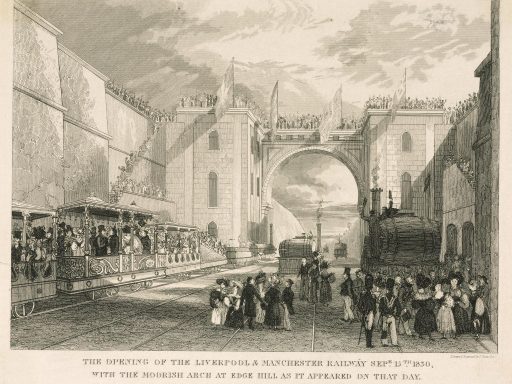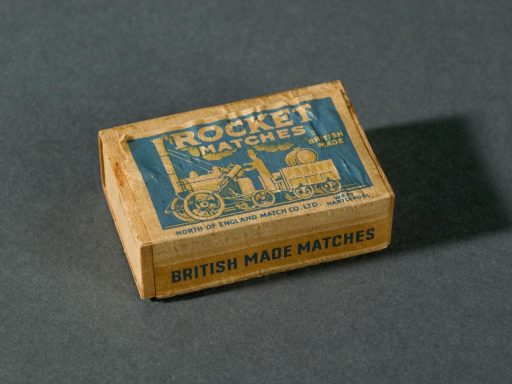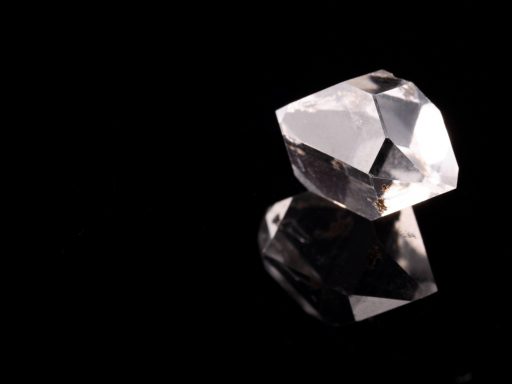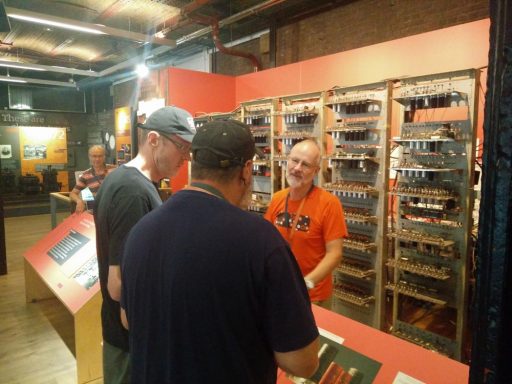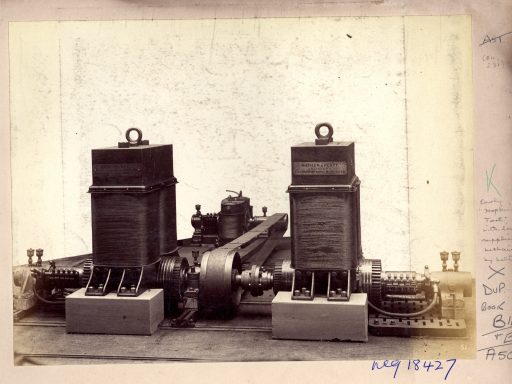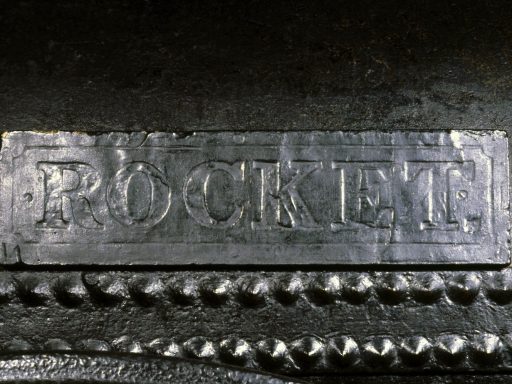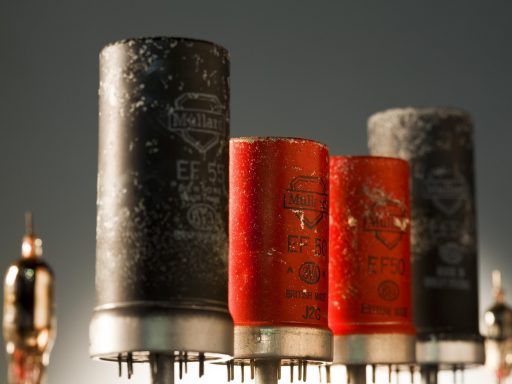In this section, you’ll get a glimpse behind the scenes of the museum—from a day in the life of a volunteer and team building exercises, to the logistics of decanting our galleries or putting on a late event.
In 2018, we asked historian Shirin Hirsch from our neighbours, People’s History Museum, to explain the politics of the time around 1830 and why the opening of the Liverpool and Manchester Railway turned out to be such a rebellious and highly charged day.
Like all great events, there was a range of merchandise to commemorate Rocket’s triumph at the Rainhill Trials. Here’s a selection of our favourite memorabilia from our collection…
Diamonds aren’t just a girl’s best friend. They’ve got an amazing range of properties that make then useful for all sorts of stuff.
What does it take to create stunning images from behind the scenes at a museum?
As Power UP returns to Manchester, we dive into the Ocean Software story and shine a light on the company’s history.
It may sound like something out of an episode of Black Mirror, but thanks to research being conducted at Harvard University, a future full of tiny robot bees could soon be(e) a reality.
To celebrate the Baby computer’s 70th anniversary, volunteer Bob Geatrell has written a post on what it’s like to work with our replica of the machine that gave birth to modern computing.
Today (Thursday 5 July) is the first ever international LGBTSTEM Day, celebrating all the amazing LGBTQA+ folks who work in STEM careers. We’ve two special posts from our Explainers Hannah and Maxwell, who share their experiences of being out and proud in STEM.
On the other side of the AC/DC battle to Ferranti, the Hopkinson brothers’ campaign for a DC supply was most effective in Manchester.
On June 21 2018 we celebrated the 70th birthday of the Small Scale Experimental Machine, aka “Baby”. Here’s a look back in photos at some highlights of the day.
The Great Exhibition of the North opens in Newcastle today, and several objects from our collection will be displayed during the Summer.
Baby looks and operates very differently to a modern computer, with a memory that uses a system of valves and tubes. But how exactly does its work?
